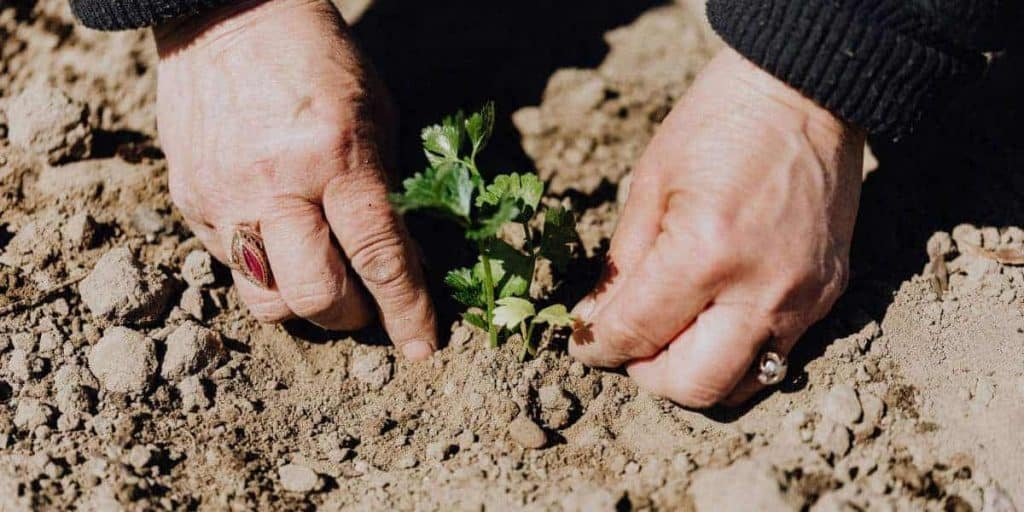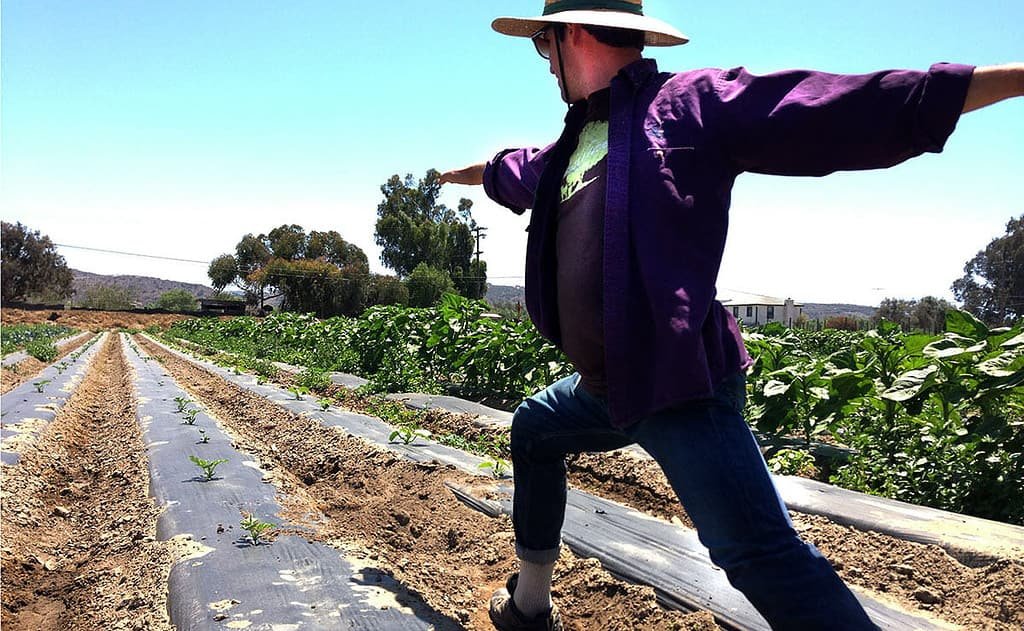Keep your vegetable garden healthy
‘How to keep your vegetable garden healthy’ is always a urging question for any vegetable gardeners. Neglected crops of fruit and vegetables may fail due to factors such as weather, nutrition, weeds, lack of water, and from pests and diseases. Animals, fungi, bacteria, viruses, and other organisms can destroy, disfigure, or debilitate crops, wasting the time, effort, money, and garden space devoted to them.
It is vital to be aware of what problems may occur with each crop, and think ahead about how to combat them. Above all, inspect crops regularly and closely, so that you can deal with problems before they become serious.
NATURAL STRATEGIES
Plants have remarkable mechanisms for repelling pests. Some produce chemicals that discourage feeding by their scent or taste. Some insects, such as the caterpillars of the cabbage white butterfly, can tolerate chemicals produced by brassicas and find a niche as specific predators; other pests feed on a range of plants.
Plants also emit scents that attract predators or parasites of their attackers. In nature, diversity in a plant community minimizes the effects of pests and diseases; in a kitchen garden, we tend to grow blocks of a single crop, advertising its existence and increasing the chances of attack. Keeping the area weed-free also reduces the habitat for beneficial predators and parasites.
GROWING HEALTHY PLANTS
Weak or weed-choked crop plants will be more vulnerable to attack by disease, so prepare and maintain your garden well. Accumulated plant litter perpetuates diseases, as does infected wood, such as cankers, left in fruit trees and bushes.
Practice good garden hygiene. Plant problems are encouraged by water-logging and drought, so prepare and manage the soil well. Plants with unbalanced nutrient levels, especially where large amounts of nitrogen-rich fertilizers are applied, can be far more susceptible to aphid attack or botrytis disease.
Liquid conditioners, including those made from plant extracts such as comfrey or seaweed keep crops in good health and may stimulate the plants’ natural defenses. Plants repeatedly grown on the same site are likely to suffer from a buildup of pests, such as potato cyst nematode or onion white rot.
Rotation is therefore a good practice. A basic knowledge of life cycles assists in knowing how to prevent diseases from carrying over in the soil from season to season. Buy only healthy stock. Clubroot of brassicas can easily be imported on purchased plants. Always look for certificated strawberries and other fruit plants.
Remember also that there are degrees of resistance available in vegetable and fruit cultivars. We have apples resistant to scab, carrots less prone to carrot fly, and parsnips resistant to canker.
PROTECTIVE MECHANISMS
Plants can be effectively protected from birds, rabbits, and deer by netting or individual tree guards. Many insect pests can also be controlled by mechanical means: on a garden scale it is possible to remove caterpillars or slugs and snails by hand, or to squeeze clusters of aphids on shoot tips.
Cabbage root fly can be deterred by placing small mats or rings around the base of individual plants; carrot flies can be prevented from damaging carrots by surrounding the area with a low level protective barrier.
Horticultural fleece can be used for the same purposes. Apples can be protected from winter moth caterpillar by putting sticky tree bands around tree trunks, and sticky traps impregnated with attractant chemicals are available to reduce infestations of codling moth or plum fruit moth. Peach trees that are provided with winter covers are less susceptible to peach leaf curl disease. It is also possible to avoid the effects of a pest by planting practices, for example, by not sowing carrots until late spring, when carrot flies are less active.
USING PREDATORS
Besides the natural predation by birds, small animals, and insects, it is possible to introduce parasites or predators artificially. This is most effective under the protection of a greenhouse or solarium, where the atmosphere can be controlled, and a successful example is the use of Encarsia wasps to parasitize the young stages of whitefly.
For outdoor use, parasitic nematodes are available for the treatment of slugs, vine weevil grubs, leatherjackets, and chafer grubs. All of these biological controls require careful understanding and management, but the range of such pest and disease control measures makes it clear that the choice is much wider than simply resorting to chemical sprays.
CHEMICAL WEAPONS
It is possible to maintain an armory of pesticides to eradicate or protect against pests and diseases. Because of increased regulation on the use of these substances, the range of treatments that is available has become much reduced, and the use of alternative control methods has now become essential. It should be remembered that, unlike the commercial producer, the gardener usually has no need for maximum crop yield or unblemished produce.
Many pest- or disease-induced defects can be cut out of harvested fruit and vegetables. Chemical treatments are expensive in both purchase price and the time taken in applying them, and need to be applied at defined times for effectiveness. While quite safe for humans if applied strictly according to the instructions, chemical substances may have harmful effects on natural pest predators or other friendly insects like bees.
Regard spraying and dusting as a last resort and other methods as the first line of attack or defense. The reasonable approach is to try to keep pests and diseases at an acceptably low level; attempting to eliminate them altogether is impractical and rarely vital.
Originally posted 2020-09-09 20:41:36.





